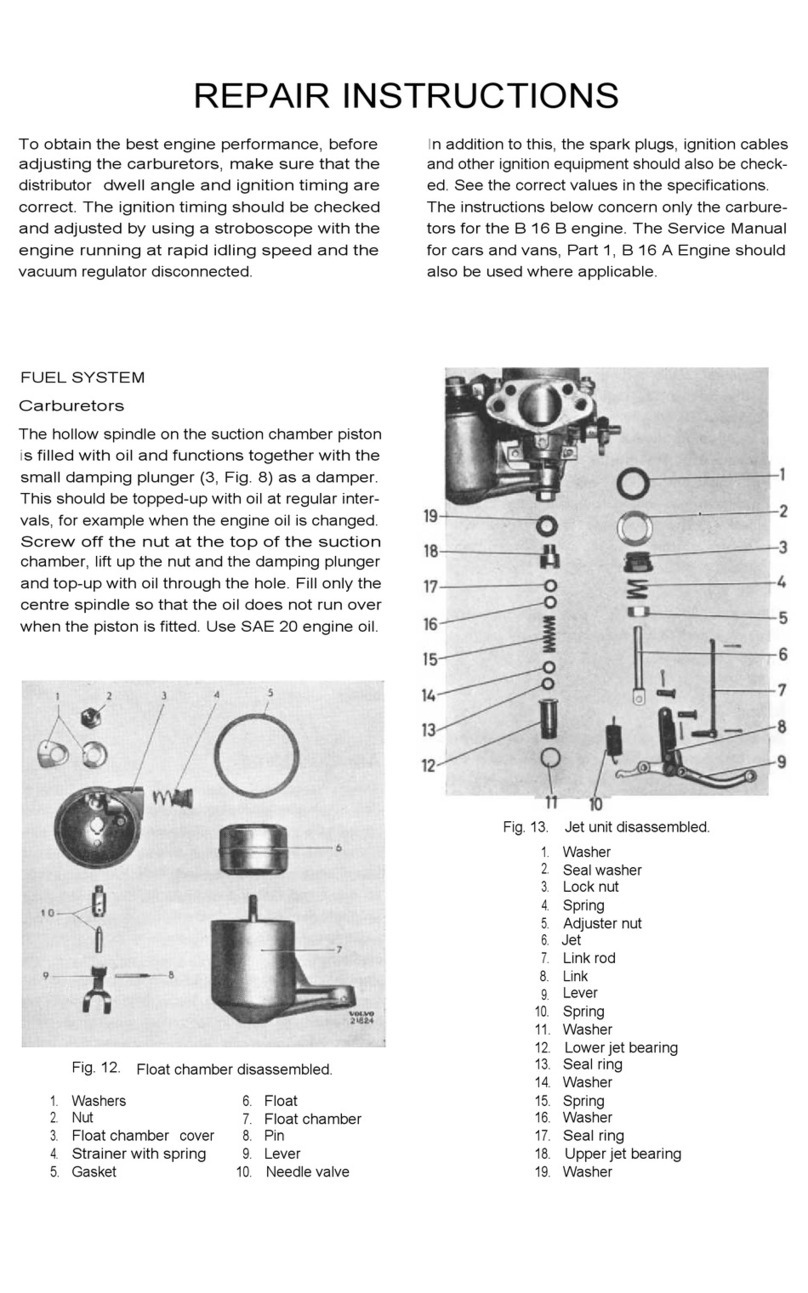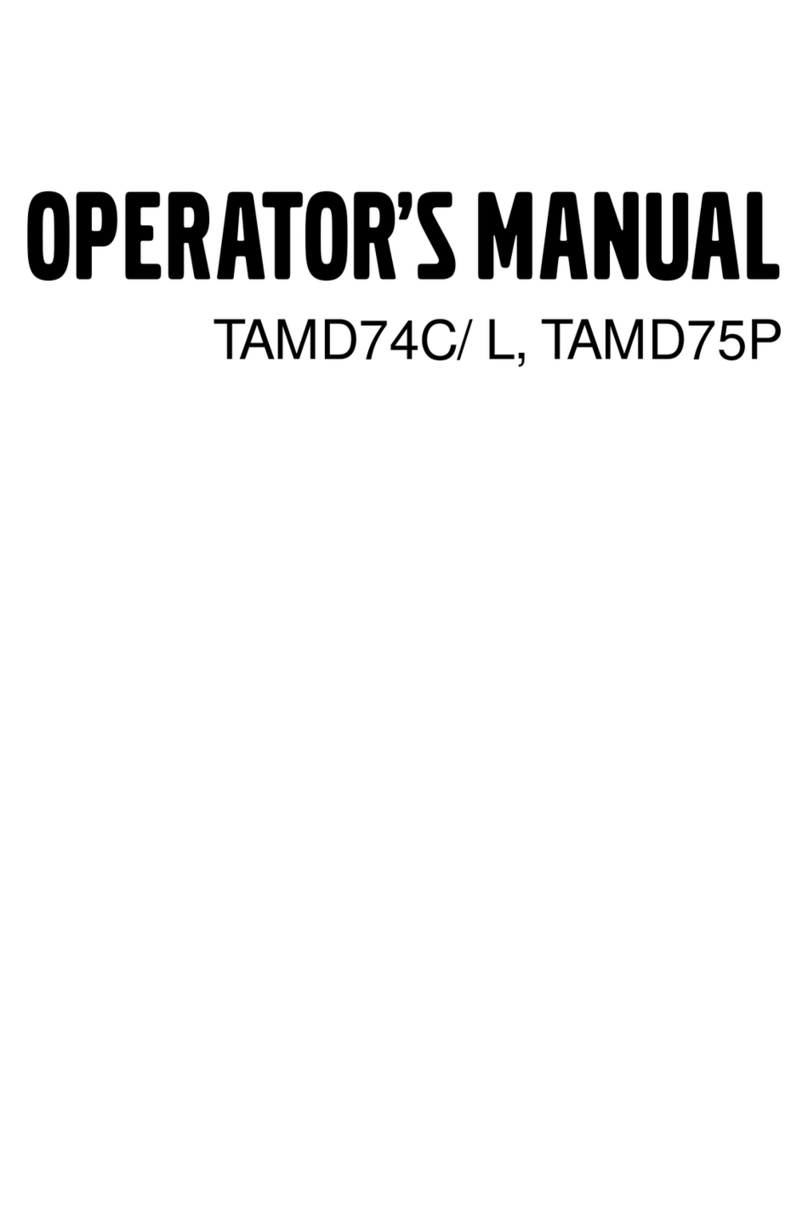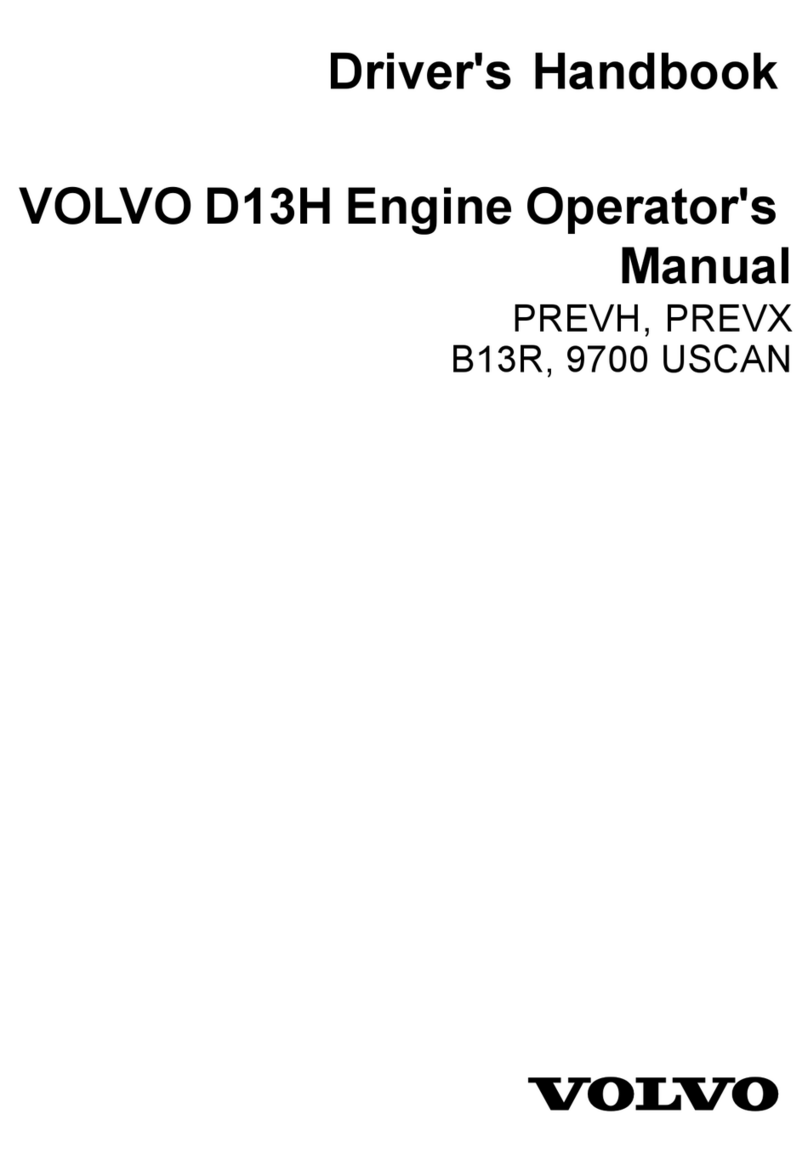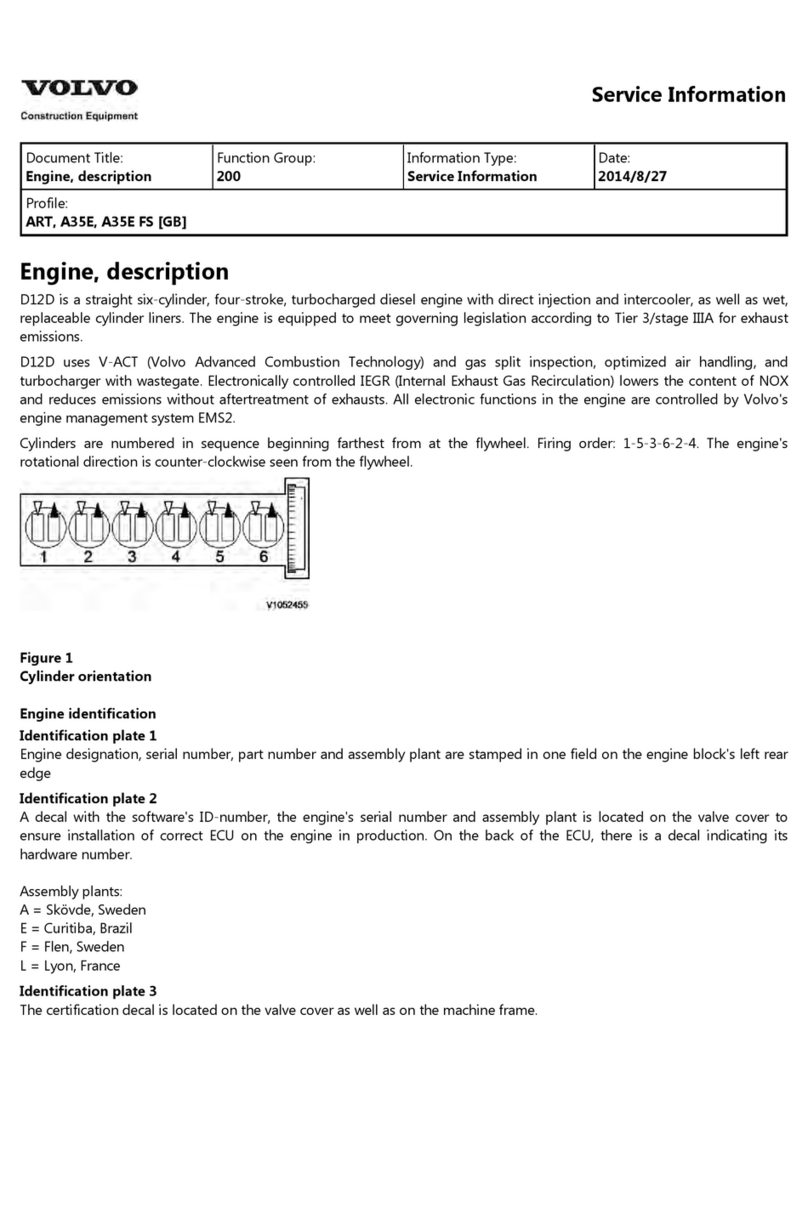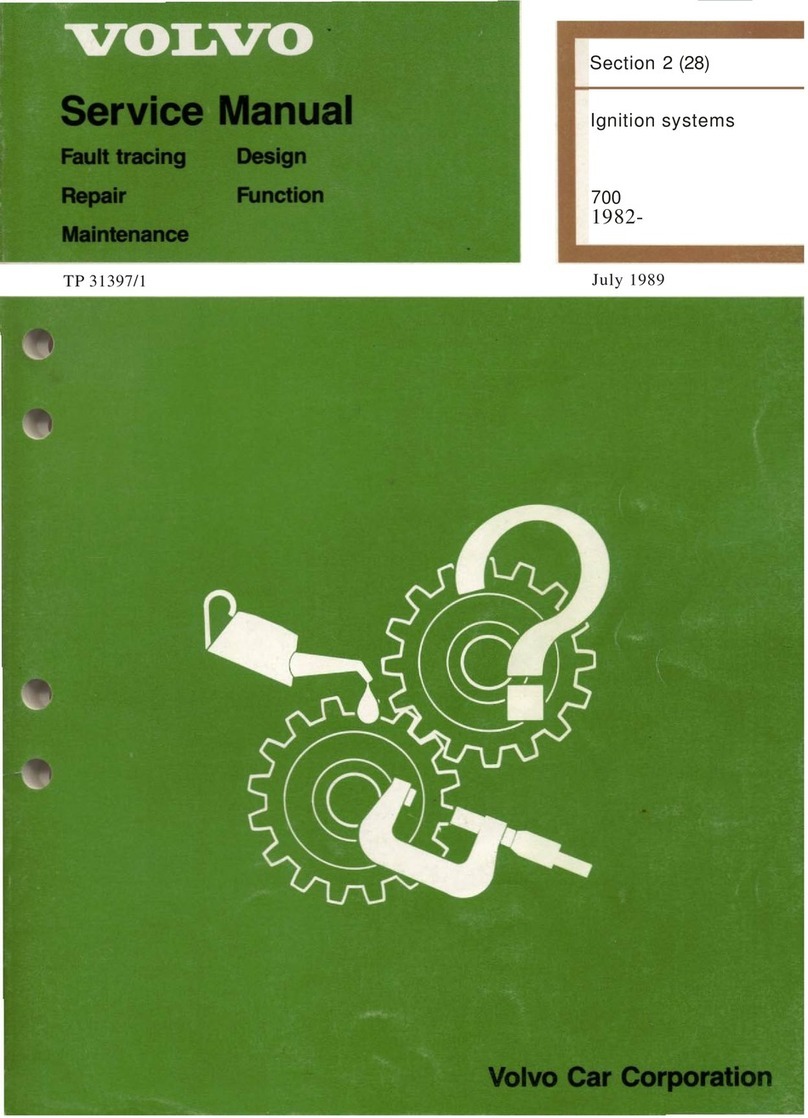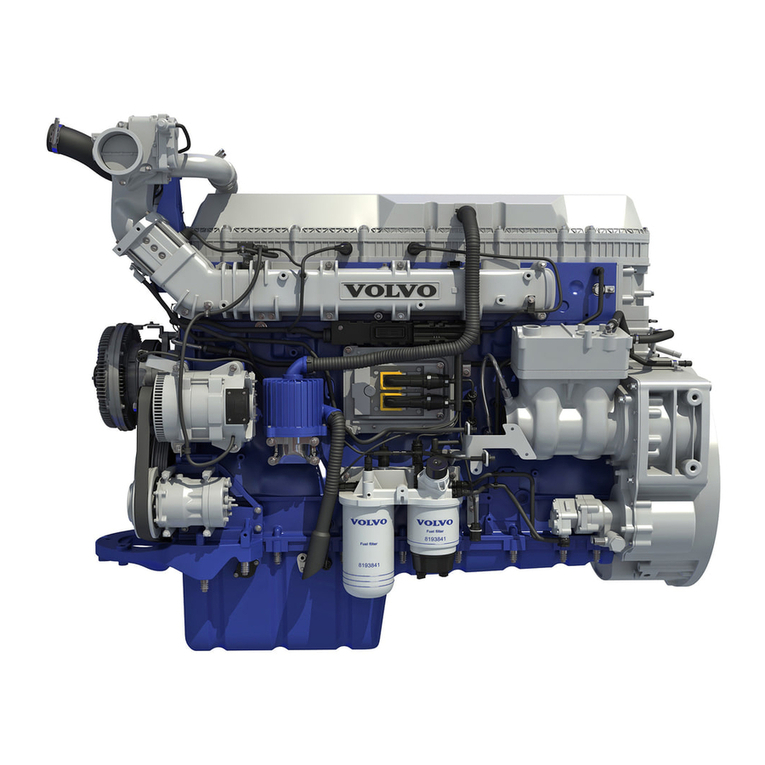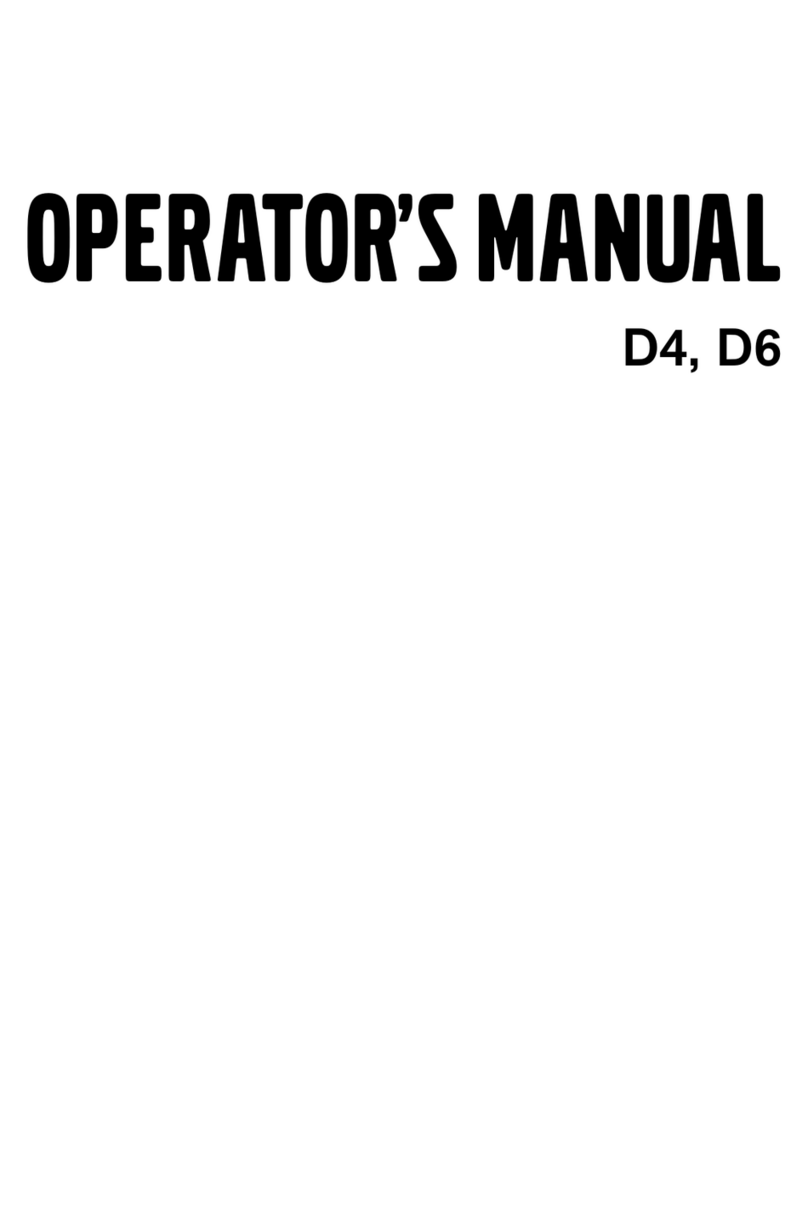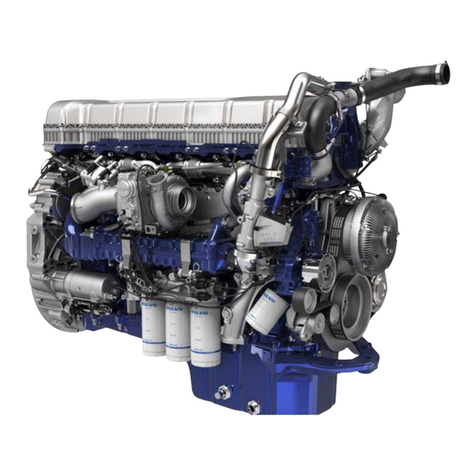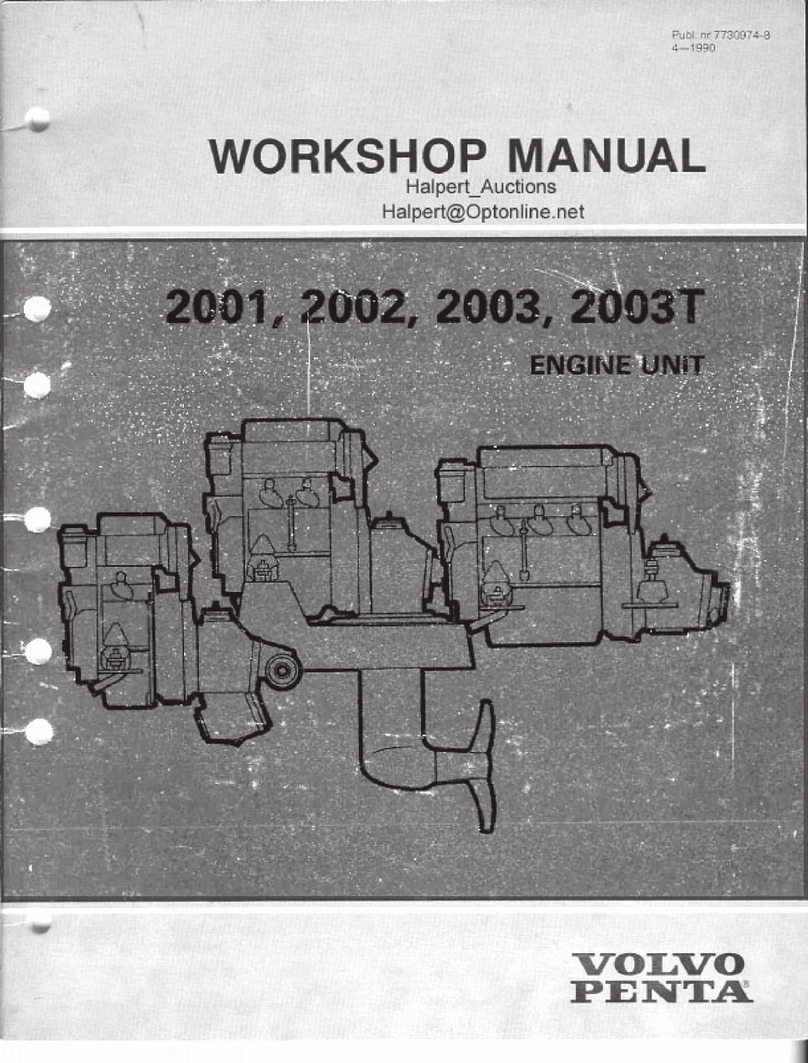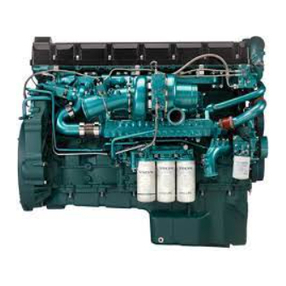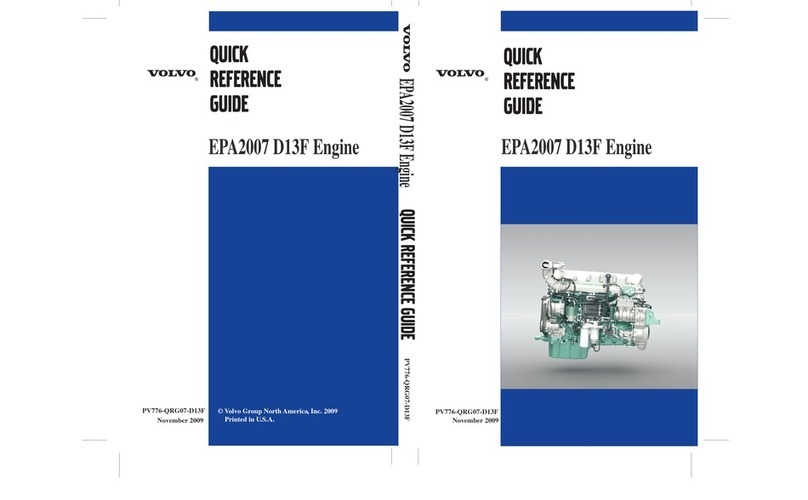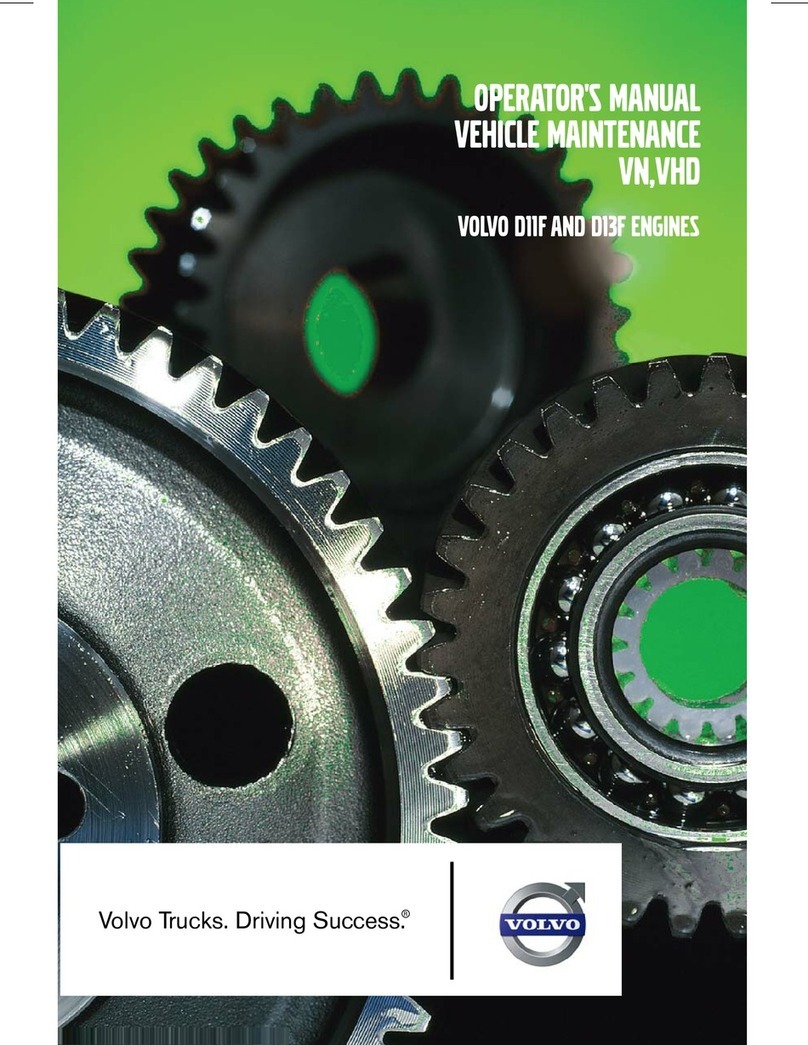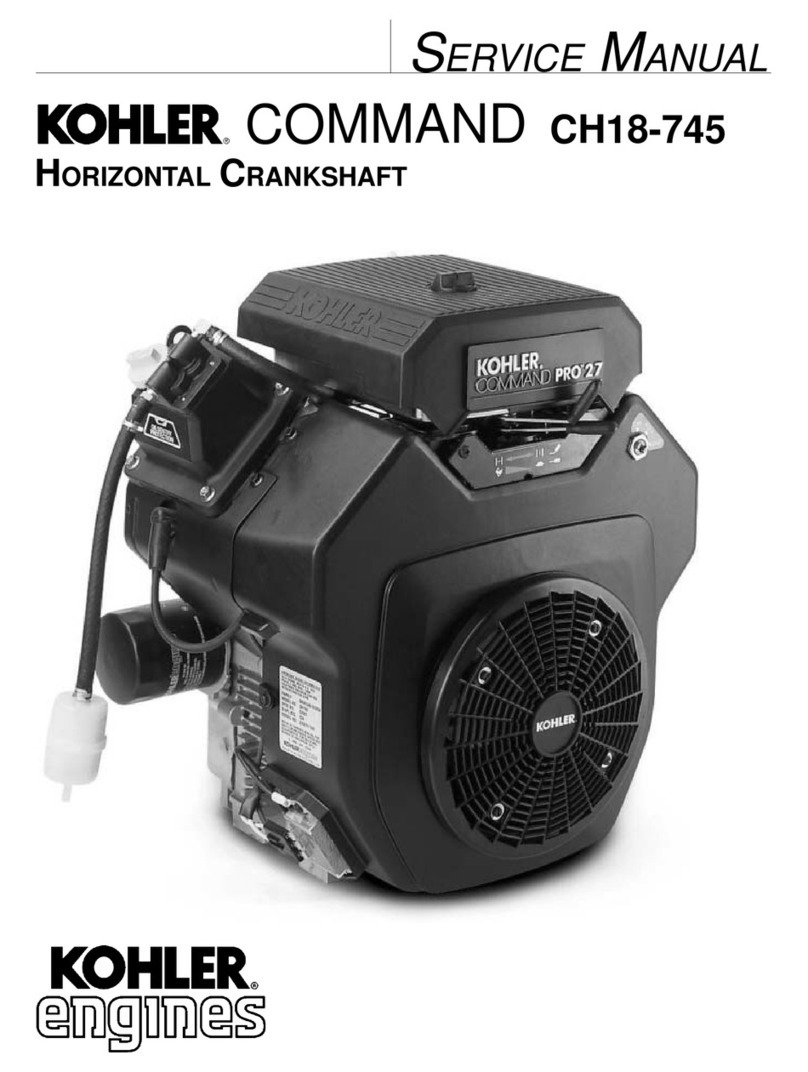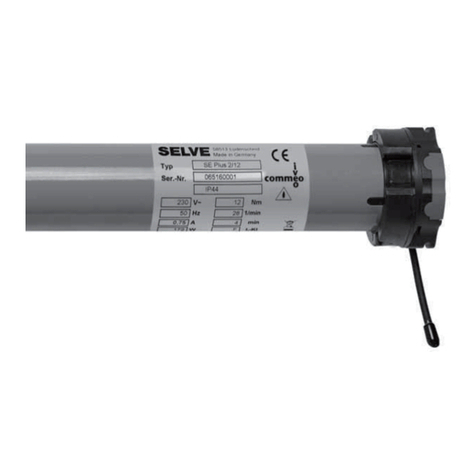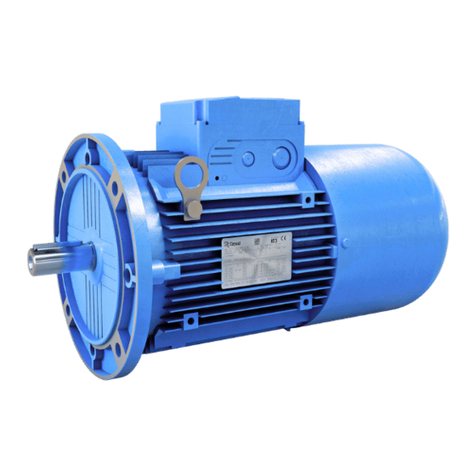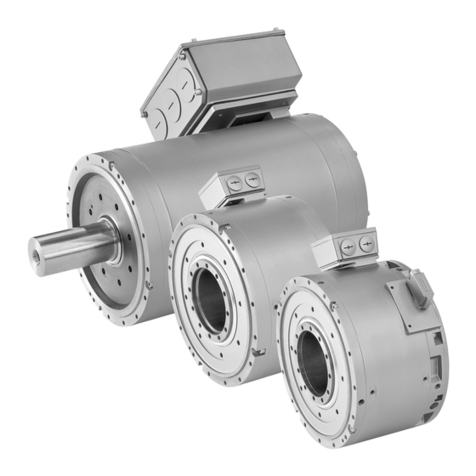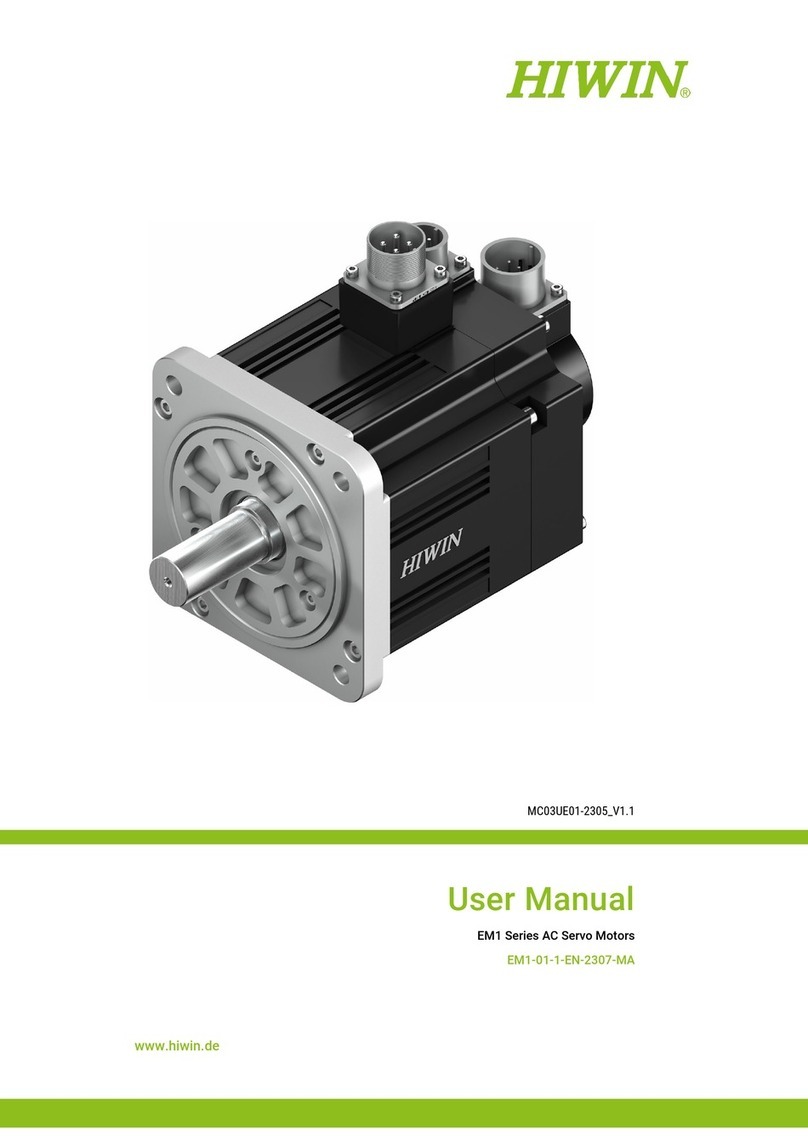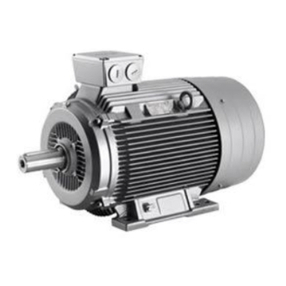
The working methods described in the Workshop Man-
ual apply to work carried out in a workshop. The engine
has been removed from the boat and is installed in an
engine fixture. Unless otherwise stated reconditioning
work which can be carried out with the engine in place
follows the same working method.
Warning symbols used in this Workshop Manual (for full
explanation of the symbols refer to the section; "Safety
Precautions")
A
AL
Note!
are not in any way comprehensive since it is impossible
to predict every circumstance under which service work
or repairs may be carried out. Volvo Penta AB can only
i
ndicate the risks considered likely to occur as a result
of incorrect working methods in a well-equipped work-
shop using working methods and tools tested by Volvo
Penta AB.
All operations described in the Workshop Manual for
which there are Volvo Penta Special Tools available
assume that these tools are used by the service techni-
cian or person carrying out the repair. Volvo Penta Spe-
cial Tools have been specifically developed to ensure
as safe and rational working methods as possible. It is
therefore the responsibility of the person or persons us-
i
ng other than Volvo Penta Special Tools or approved
Volvo Penta working methods (as described in a Work-
shop Manual or Service Bulletin), to acquaint them-
selves of the risk of personal injury or actual mechan-
ical damage or malfunction that can result from failing to
use the prescribed tools or working method.
I
n some cases special safety precautions and user in-
structions may be required in order to use the tools and
chemicals mentioned in the Workshop Manual. Always
follow these precautions as there are no specific in-
structions given in the Workshop Manual.
By following these basic recommendations and using
common sense it is possible to avoid most of the risks
i
nvolved in the work. A clean work place and a clean
engine will eliminate many risks of personal injury and
engine malfunction.
Above all when working on the fuel system, engine lub-
rication system, air intake system, Turbocharger unit,
bearing seals and seals it is extremely important to ob-
serve the highest standards of cleanliness and avoid
dirt or foreign objects entering the parts or systems,
since this can result in reduced service life or malfunc-
tions.
6
WARNING!
I
MPORTANT!
Repair instructions and methods
Our joint responsibility
Every engine consists of many systems and compon-
ents that work together. If one component deviates from
the technical specifications this can have dramatic con-
sequences on the environmental impact of the engine
even if it is otherwise in good running order. It is there-
fore critical that the stated wear tolerances are ob-
served, that systems which can be adjusted are cor-
rectly set up and that only Volvo Penta Original Parts
are used on the engine. The stated service intervals in
the Maintenance Schedule must be followed.
Some systems, such as the components in the fuel sys-
tem, require special expertise and special testing equip-
ment for service and maintenance. Some components
are factory sealed for environmental and product spe-
cific reasons. Under no circumstances attempt to ser-
vice or repair a sealed component unless the service
technician carrying out the work is authorized to do so.
Bear in mind that most of the chemicals used around
boats are harmful to the environment if used incorrectly.
Volvo Penta recommends the use of bio-degradable
degreasing agents for all cleaning of engine compon-
ents unless otherwise stated in the Workshop Manual.
When working onboard a boat make a special point of
preventing oil, waste water from washing components
entering the
bilges
;
i
nstead remove all such waste for
safe disposal at an approved site for destruction.
Tightening
torques
The correct tighteningtorques for critical joints which
must be tightened using a torque wrench are listed un-
der "Technical Specifications - Tightening
Torques
"
and stated in the method descriptions in the Workshop
Manual. All tighteningtorques
apply to cleaned threads,
bolt heads and mating surfaces.Tigthening
torques
stated are for lightly oiled or dry threads. Where grease,
l
ocking or sealing agents are required for screwed
j
oints this is stated in both the operation description and
i
n "Tightening
Torques
".
Where no tightening torque is
stated for a joint use the general tighteningtorques
ac-
cording to the tables below. The tighteningtorques
stat-
ed are a guide and the joint does not have to be tight-
ened using a torque wrench.
Dimension Tightening torque
Nm
ft.Ibs
M5
6
4
M6
10
7
M8
25
18
M
-
1
0
50 37
M12
80 59
M14
140 103


